Magnolia lovers are the kind of people whose glasses are always half full.
Even though frost may turn the pink and white blossoms to brown mush every few years, people that love magnolias continue to plant them and adore them. Their displays are so over-the-top that it is easy to forget about the dud years.
Here–in order of bloom–are eight of the first beauties to bloom:
In most of the country, kobus magnolia (Magnolia kobus) is the first mag to bloom. The white flowers often feature a brushstroke of pink on the back sides. Unfortunately, the plant is usually devoid of blooms until its 20th or even 30th birthday. This one takes its time in getting the show on the road.
Some of these very early magnolias can be hard to tell apart, but Dirr says the green stems on kobus are splotched with brown markings like those on a Holstein cow.
Star magnolia (M. stellata) is not far behind kobus in bloom time–around mid-March in a normal year in the Ohio Valley. The flowers are abundantly produced even on very young plants and they have a soapy-sweet fragrance.
The petals and sepals on magnolias look the same and are collectively referred to as “tepals”. Each individual star magnolia flower has from about a dozen to as many as 60 tepals–more than any other type of magnolia you are likely to encounter.
Loebner magnolias (M. ×loebneri) are hybrids between M. kobus and M. stellata. They have inherited the tendency to bloom at a young age from the star parent. This dependable, fragrant, snow-white form is ‘Merrill’. A lusty grower, it makes a shrubby tree that tops out at around 30 feet. It was first grown at the Arnold Arboretum of Harvard University in the late 1930s.
The M. stellata parent is more evident in this Loebner hybrid. This frilly poof of a flower belongs to ‘Leonard Messell’. It produces tons of blossoms, has a lovely fragrance, and some say it has a thicker skin than other mags when it comes to late frosts. It blooms a bit later than ‘Merrill’. One of my favorite magnolias.
Saucer magnolias (M. ×soulangeana) are the crème de la crème of the magnolia world. Hybrids of the not-often-planted M. denudata and M. liliiflora, they loft trusses of big bowl-shaped flowers of rose, soft pink, or milk-white into the air. The tepals are so thick and plentiful that it’s a wonder the branches can hold them up. They release a pleasant scent to those walking underneath, too.
The flower buds of these and many other magnolias are protected in winter by a silvery-gray, faux-fur wrap. The plump buds in their winter coats are mistaken for pussy willows by casual observer.
Some other hybrids of various parentage have also earned their way into gardens. This is ‘Galaxy’, released by the National Arboretum in 1980. Its jumbo, deep pink flowers can stretch 10 inches wide. It is a single-stem, tree-form type with a pyramidal habit.
The National Arboretum has also gifted us with the Little Girl Hybrids, which are shrubby trees with smallish, purple-pink flowers. This is ‘Susan’. Her flowers are a little homelier and floppier than those of some of the more popular Little Girls, like ‘Ann’ and ‘Jane’. These hybrids have a better chance of escaping a late frost than the magnolias that bloom ahead of them, and they also sometimes offer the bonus of repeat bloom in summer.
I love, love, love buttery yellow flowers and the hybrid ‘Butterflies’ supplies them in droves. Sublime. There has been a breeding frenzy as of late in yellow mags, and many new selections are available, including some with pink genes in their background that render their flowers odd muddled mixtures of banana and strawberry and peach.
Sadly, I have noticed that many of the yellow magnolias suffer bark splits when young, near the base of the tree. Does anyone know what causes this? Usually with time, the break will close over, but a gash in a tree is never a good thing. Wounds don’t “heal” in trees like they do in people or animals, but are merely “sealed off”.
This hybrid, ‘Elizabeth’, is the plant that initially piqued the interest in yellow magnolias. Its flowers start out yellow, but they fade to this cream color in time and do so more quickly during a spell of unusually warm weather. It grows upright to a height of 50 feet.
So when it comes to magnolias, is your glass half empty or half full? When you hear the word, do you think of this?

Or of this?  Yeah. I think it’s a gamble worth taking.
Yeah. I think it’s a gamble worth taking.


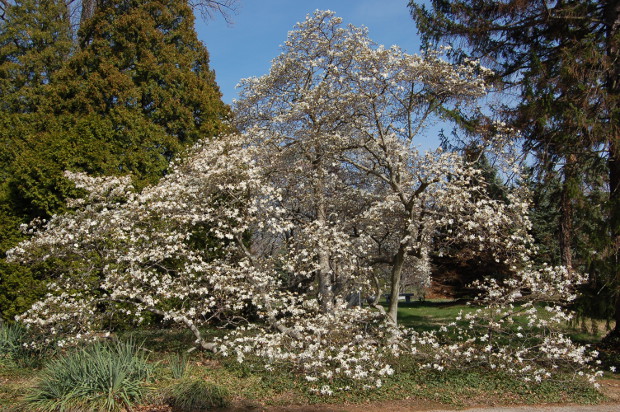
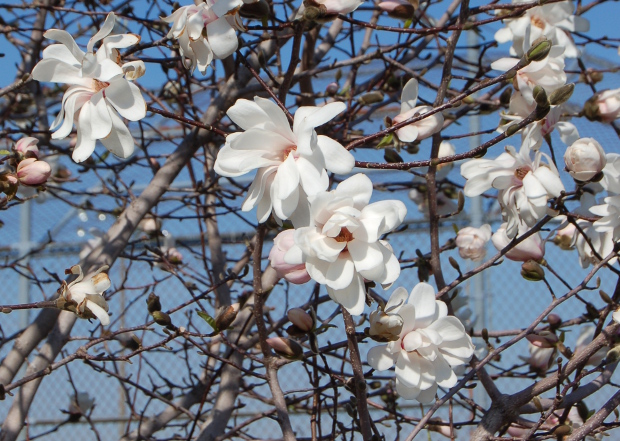


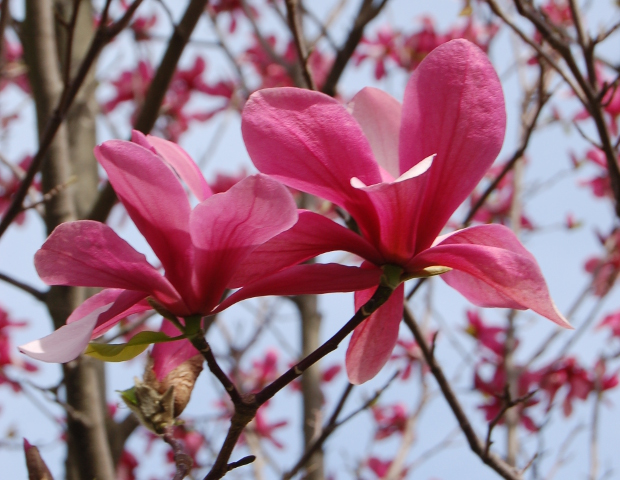
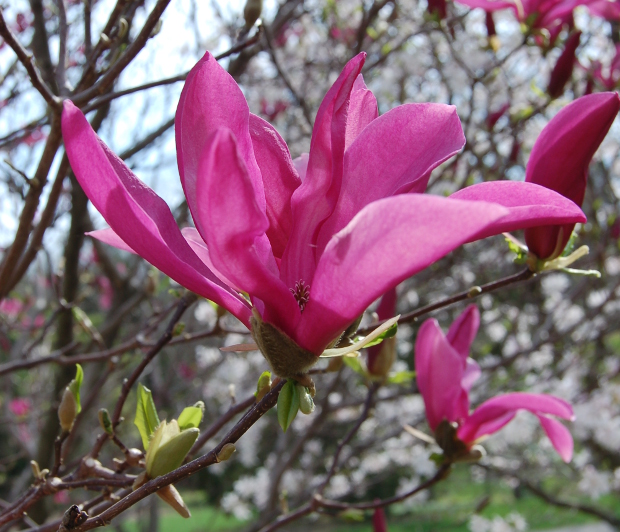

























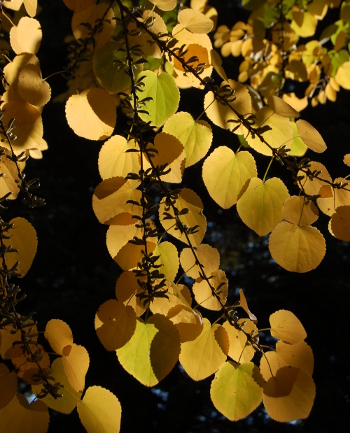

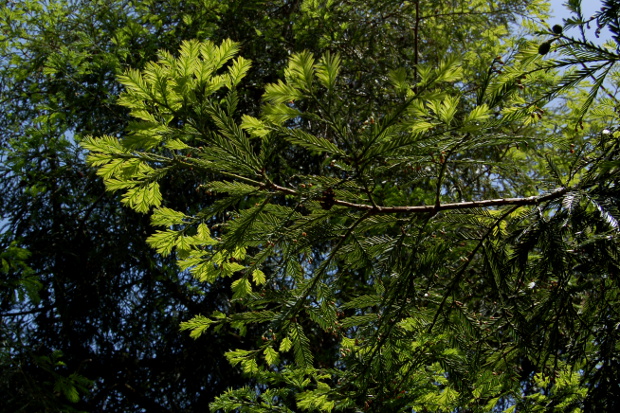

I love Magnolias, but I don’t have any. Hmmm, I wonder where I could put one. I definitely think of lush pink flowers, not toasted marshmallows.
Alison, Not one magnolia? You might have to turn in your horticulture card! Quick, find some room somewhere!
Hi have two purple magnolia’s which are beautiful when in bloom. However, they do require a lot of clean up Throughout the year from dropped leaves. They have been in the ground approximately 10-15 years. I want the white flowered early bloomer.